Call me soppy, but when the credits rolled on ‘Wooden Boulder’, a film made by earth artist David Nash over 25 years, I was blinking back tears. Funny what the mind will make human. Within a few minutes I started to think of Nash’s boulder, hewn from a storm-struck oak in the Ffestiniog valley in Wales, as ‘the hero of our story’. A hefty hero, weighing half a tonne, but buoyant.
In October 1978, Nash launched the boulder into the Bronturnor stream near his studio at Capel Rhiw in the slate-mining village of Blaenau Ffestiniog in Snowdonia. For 25 years, switching from crackling film to high-def digital, Nash filmed the boulder, through snow, rain, heat and gloom of night, as it made its way downstream. Mired, moored, marooned on an inland sea. Submerged, beached and bowling along. Stuck, stuck, stuck in the mud. ‘Free-range sculpture’, Nash, now 73, calls it. Sometimes the boulder bobs, sometimes it sulks, sunken up to its eyeline like a crocodile. In summer, the wood cracks; in winter, the boulder is tonsured with sleet. Years accumulate. The boulder lurks like a troll under a bridge and has to be levered free. God, what a ravishing country, you think, as our Odysseus, our Wandering Jew, our knight-errant, passes waterfalls, hills, washes and marshes. In August 2015, heavy rains and high tides swept the boulder away. Nash has searched high and low, checked every creek, ditch and bulrush. He has flown drones over deep water. ‘It has never been seen since,’ reads the video text. ‘It is somewhere.’ Sniffle, sniffle.
David Nash: 200 Seasons at the Towner Gallery in Eastbourne casts a strange and druidic spell. I arrived with a headache and came out calm. Better Nash’s bluebells than any iPhone meditation. In 1968, Nash, then an art student at Kingston College, bought Capel Rhiw, a Calvinistic Methodist chapel marked for demolition. His work is rooted — and rarely was a word more fitting — in the landscape. If name is destiny, Nash was marked from the beginning. ‘Nash’ derives from the Middle English ‘atten Nash’ — living near ash trees. His materials are oak, ash, willow, elm, beech, chestnut, cork and bark. They warp and rot. ‘Ash Dome’, a circle of ash trees planted in a hillside clearing in 1977, is being slowly felled by ash dieback. In ten years, Nash forecasts, all 22 trees will be dead.
‘Wood Stove’ (1986) contains the seeds of its own destruction. It’s not a wood-burning stove, but a stove that burns itself. His scorched works — blacker than black — are the seeming remnants of a prehistoric fire. If Anish Kapoor’s fêted black is chilly black, black-hole black, Nash’s charred menhirs hold their heat. You feel that if you reached out and touched the wood it would still have the smoulder of an ember. I didn’t touch, but I did sniff. Get your nose as close as the guard allows and huff up the warmth of hazel, yew and eucalyptus. Some of the works are positively witchy. His ‘Cracking Box’ (1990) might be a sacrificial altar, his ‘Hazel Plaited Tripod: A Taint in the Wind’ (1977) a flying broomstick in the making. His charred and warped columns recall standing stones and grave markers. His ‘Big Black’ (2016) might be the gate to an underworld. This inspiring show suffers from gallery lighting. In photographs of Nash’s work in the landscape, at dusk, dawn and in all seasons, his sculptures breathe and glow. They need daylight — or moonlight — to truly live.
At Tate Modern, Kara Walker has turned the Turbine Hall into a Piazza Navona on the South Bank. Her ‘Fons Americanus’ recasts the doughty Britannia of the Victoria Memorial outside Buckingham Palace as a calypso Venus, water pouring from her breasts and mouth and plashing into a shark-infested pool. A playbill announces the fountain as ‘An Allegorical Wonder’. This is not a statue to glorious empire but to the shame of the slave trade. Walker, an African-American artist known for her haunting silhouettes evoking in shadow and outline the cruelty of the cotton fields, borrows imagery from J.M.W. Turner’s ‘Slave Ship’, Thomas Stothard’s ‘Voyage of the Sable Venus’ and John Singleton Copley’s ‘Watson and the Shark’. A previous Walker work in Tate’s collection, ‘Grub For Sharks: A Concession to the Negro Populace’ (2004), pointed to two futures for African slaves: cast into the water or a life in chains. A smaller ‘grotto’ sculpture in the shape of a giant clam shell houses not a pearl, but the head of a black boy crying tears into a well.
The message is moving, the monument cruel, ironic and richly historical, but the materials, a non-toxic acrylic and cement composite, are shoddy and meanly diminish the power of the whole.
Got something to add? Join the discussion and comment below.
Get 10 issues for just $10
Subscribe to The Spectator Australia today for the next 10 magazine issues, plus full online access, for just $10.
You might disagree with half of it, but you’ll enjoy reading all of it. Try your first month for free, then just $2 a week for the remainder of your first year.


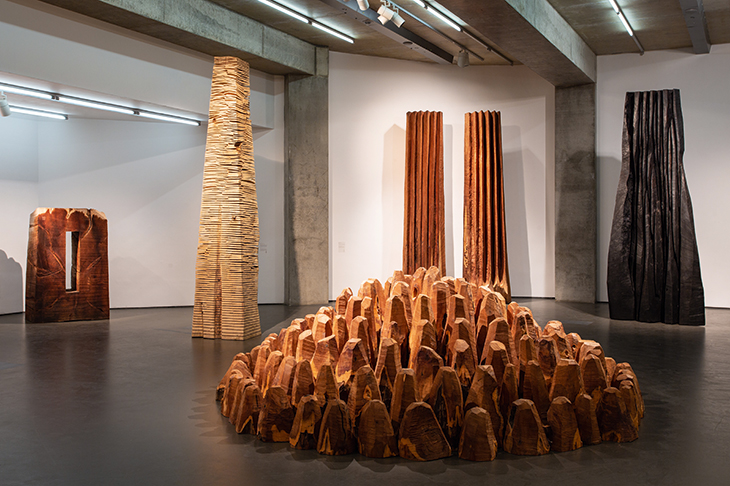
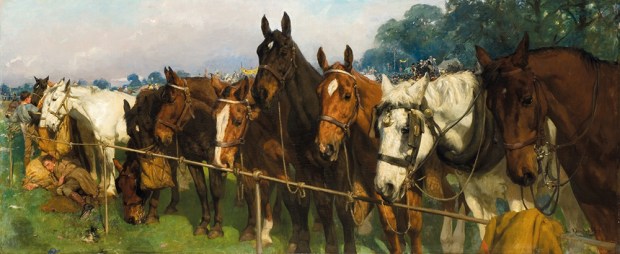
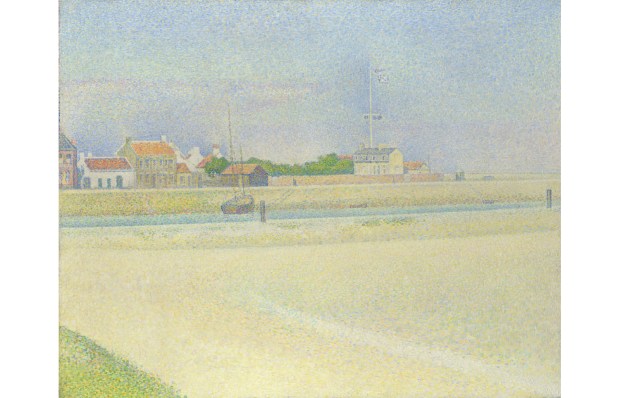
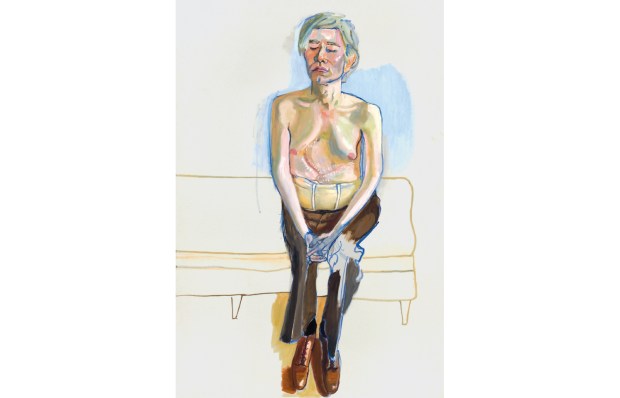


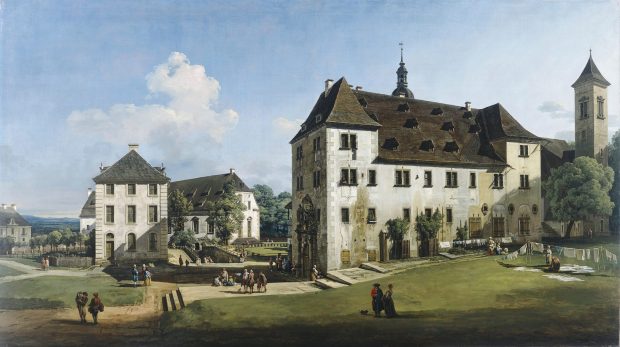






Comments
Don't miss out
Join the conversation with other Spectator Australia readers. Subscribe to leave a comment.
SUBSCRIBEAlready a subscriber? Log in